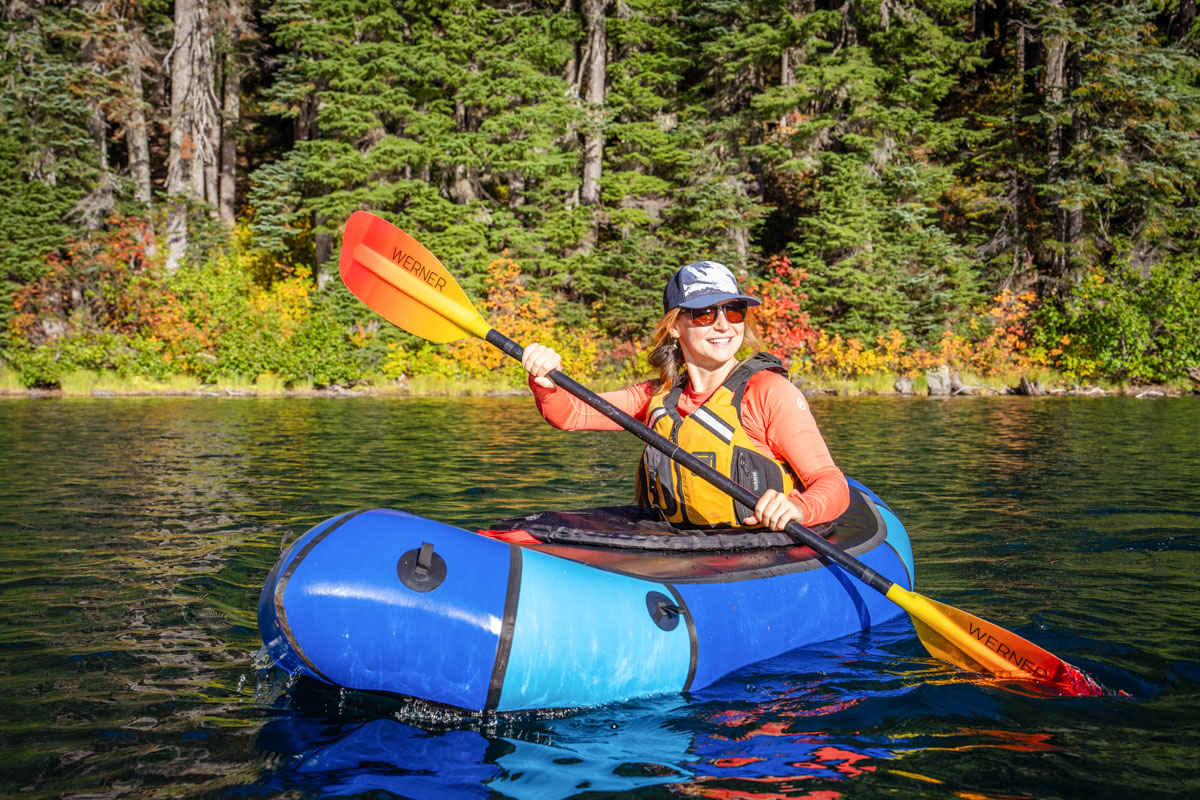

Price: $1,250
Weight: 6 lb. 11.2 oz. (medium)
Cockpit: Spray deck
Load Limit: 250 lb.
Materials: 210D & 840D nylon
What we like: An ideal expedition raft for mellow rivers, lakes, and easy whitewater; very versatile.
What we don't: Not as stable or durable as the Alpacka Expedition; not as comfortable as heavier models.
See the Alpacka Refuge Packraft
Choosing a packraft is all about compromise. You’re constantly weighing features, durability, weight, and performance, and in many ways, the Alpacka Refuge splits the difference better than most. It doesn’t pretend to be a full-on whitewater bruiser or a flat water cruiser—it’s a minimalist tool for self-supported adventure. And in that niche, it excels. I’ve spent time putting the Refuge through its paces on varied terrain, including off-trail approaches, long backcountry days, and a mix of flat water and white water paddling. The boat's stripped-down, packable design stands out, offering enough performance where it counts while trimming excess bulk. Below, I break down the Refuge’s strengths and shortcomings. To see how it compares to other top models on the market, check out our article on the best packrafts.
When it comes to packrafts, Alpacka is the industry benchmark, and the Refuge hits a sweet spot that few others do. No, it's not the most powerful paddler in the lineup—but that's not what it’s built for. This boat is a backcountry tool first and foremost, designed for remote travel and efficient overland access. It thrives on mixed-use missions involving long hikes, alpine lake crossings, and mellow to moderate whitewater. For paddlers looking to boat Class I to III rivers and paddle flat water in a compact, trail-ready package, it checks all the right boxes.
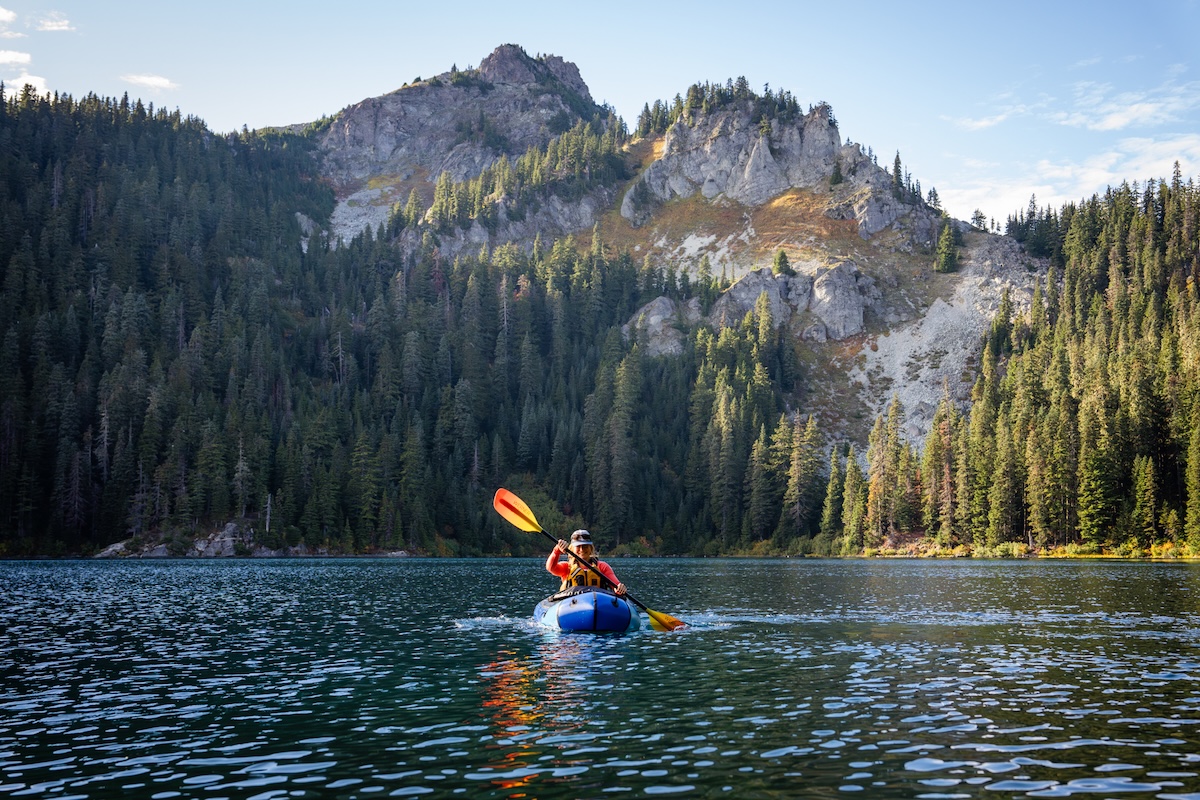
To be clear, there are trade-offs. Compared to burlier models in Alpacka’s fleet, the Refuge dials things back: the seat is smaller, thigh brace straps are less cushioned, and the internal volume is limited. You’ll also want to keep a close eye on your gear weight. With a max capacity of 250 pounds (combined paddler and cargo), the Refuge begins to suffer in both tracking and responsiveness when approaching that limit. That said, at around 160 pounds myself, I still had ample room for around 90 pounds of gear and found that a little weight actually helped with handling, especially when crashing through waves.
Performance-wise, it was nimble on the river, especially when properly loaded. And on flat water, if you have solid paddle technique, you’ll find yourself cruising with ease. I've pushed well over 40 miles in a day with a full overnight kit. It's not a hardshell, but for paddlers coming from that world, the transition to the Refuge will feel intuitive. In short, it’s not a quiver killer, but it’s about as close as you can get in a sub-7-pound build.
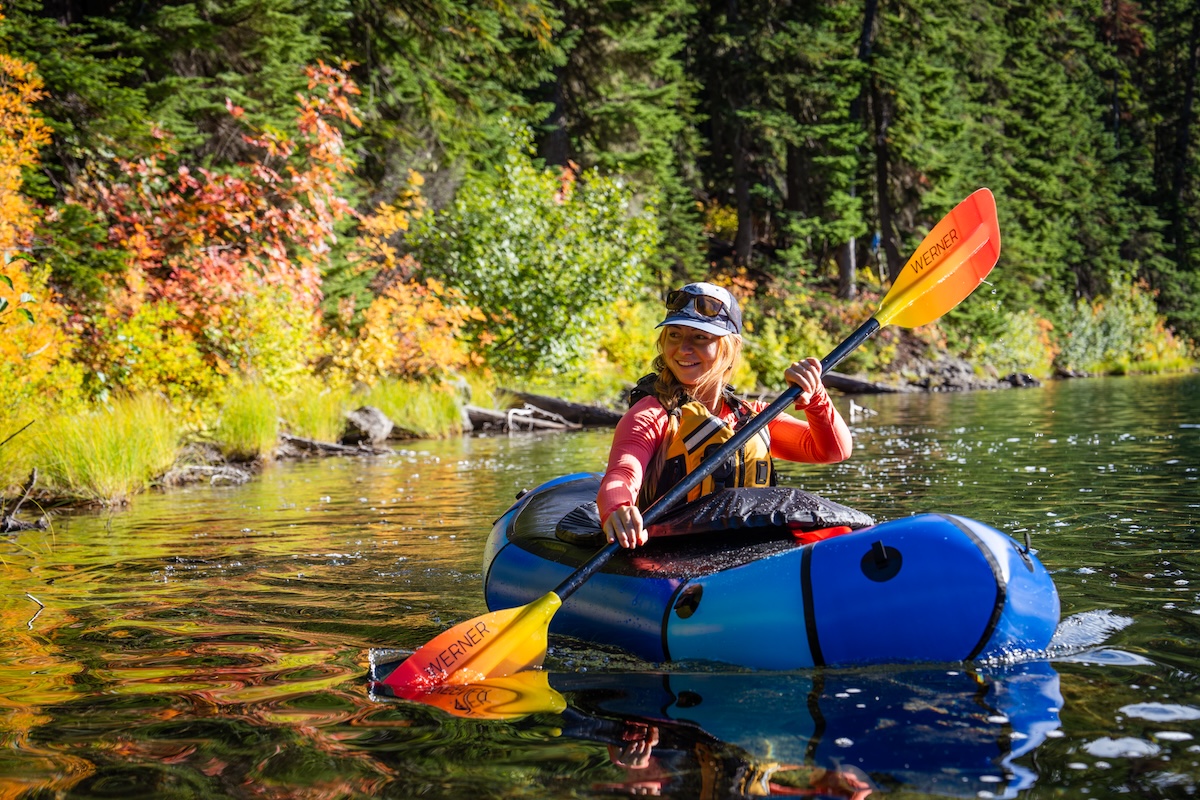
At 6.7 pounds, the Refuge isn’t the absolute lightest boat in Alpacka’s lineup, but the difference on paper belies how much of an edge it gives you in the field. Compared to performance-focused models, the Refuge is noticeably more compact and easier to manage both in your pack and on the water. That trimmed-down weight includes all the essentials, without burdening you with unnecessary extras. Packability is where the Refuge really shines. When deflated and rolled, it takes up significantly less volume than burlier designs, freeing up critical space in your pack for other gear. For missions that involve long overland routes or high-elevation pushes where every ounce counts, the difference is far from trivial. In a sport where weight savings often come with major sacrifices, the Refuge manages to maintain a functional, adventure-ready design in a remarkably trail-friendly package.
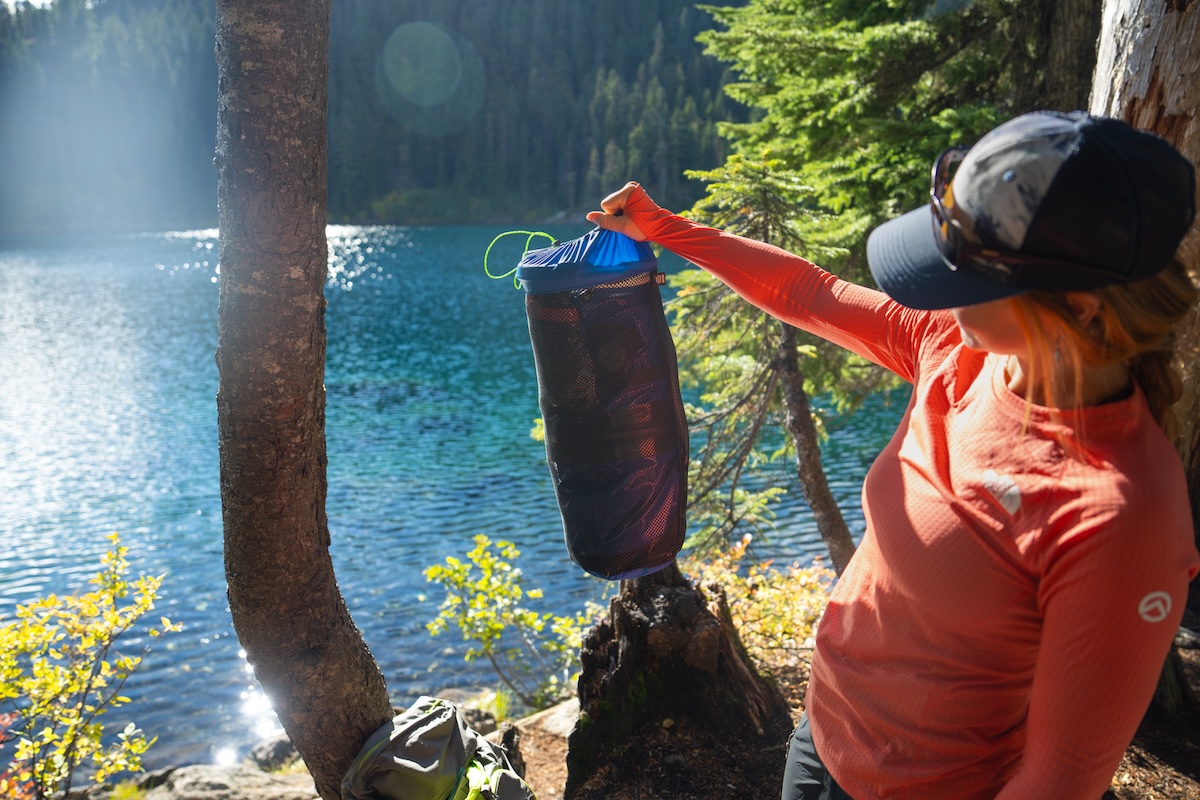
Despite its stripped-down design, the Refuge still offers the key components you need for confidence on the water. The seat, while more compact than those on higher-end boats, proved to be comfortable enough for full-day outings. Thigh brace attachment points are included. And while the cargo fly zipper is slightly smaller than on other Alpacka models, it still offers efficient access to internal gear storage with only a minor time penalty when packing up. Overall, Alpacka made smart cuts where it matters least. What you lose in luxury features, you gain in streamlined performance and a lighter load, without sacrificing critical support where it’s needed most.
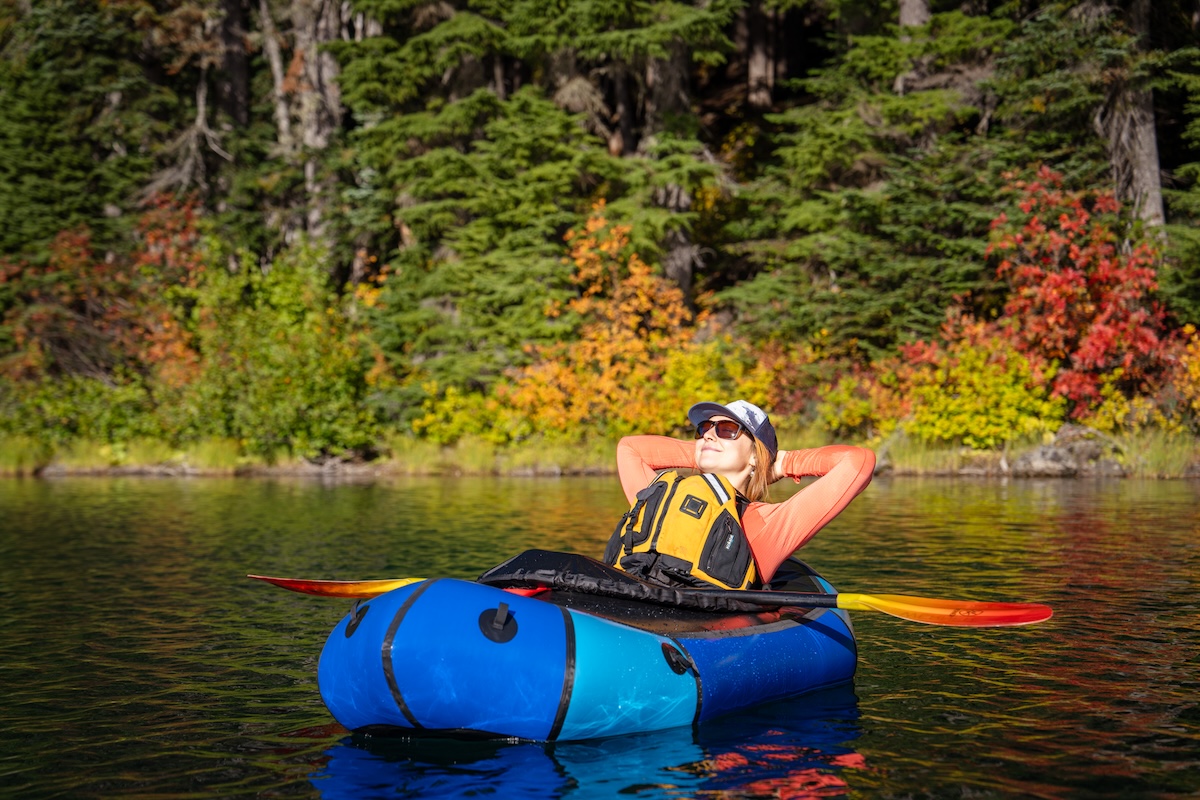
The Refuge is only offered with a closed deck, which adds warmth and protection in cold water but limits drainage. For those who expect frequent splashes or plan to paddle primarily in warmer climates, the lack of a self-bailing option might be a downside. That said, the closed-deck design excels in alpine and shoulder-season conditions and helps keep your gear dry when paired with proper spray skirts. If you’re looking for a self-bailing version for more technical whitewater, other models in Alpacka’s lineup are better suited.
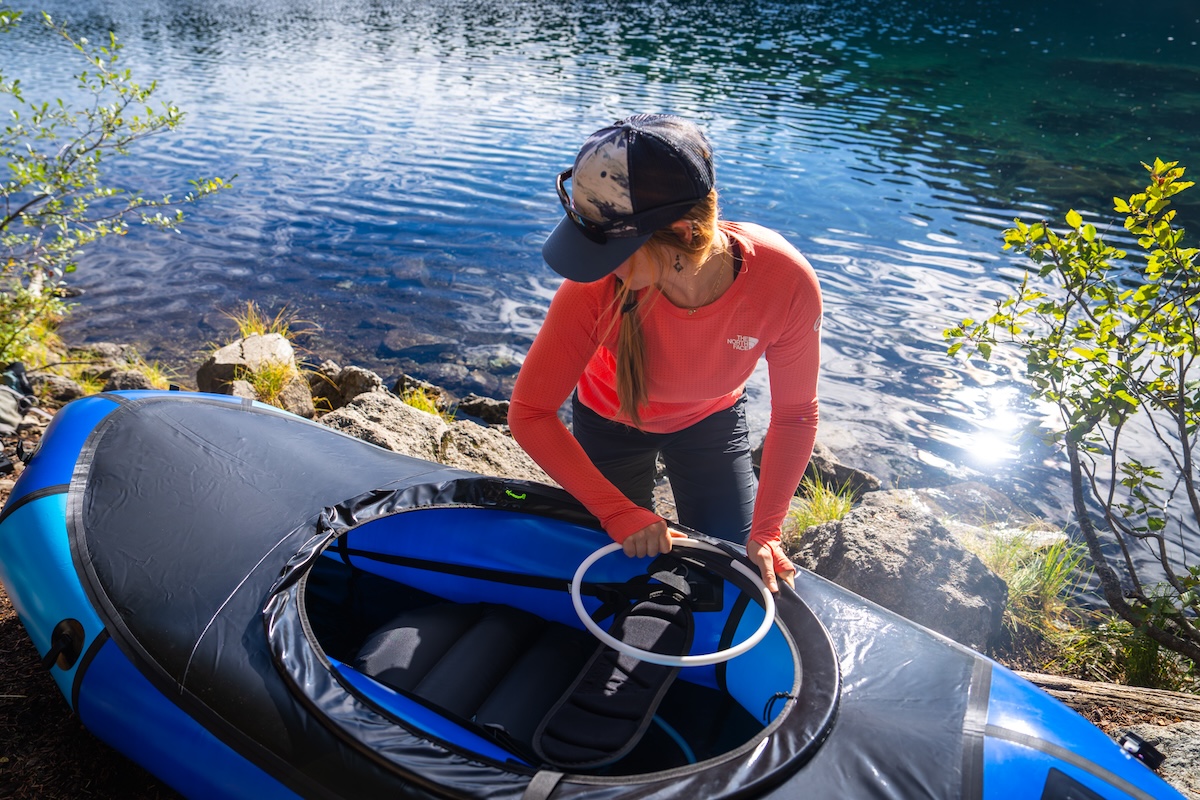
The Refuge comes in two sizes—medium and large—to accommodate different paddler heights. Sizing is straightforward: Medium is recommended for paddlers up to about 5'11", while the large suits taller users. I found the medium to be a great fit for my average frame, with enough interior space to move comfortably while still maintaining good contact for paddle control. As with all packrafts, getting the right fit is key for both comfort and responsiveness, so be sure to consult Alpacka’s sizing chart before purchasing.
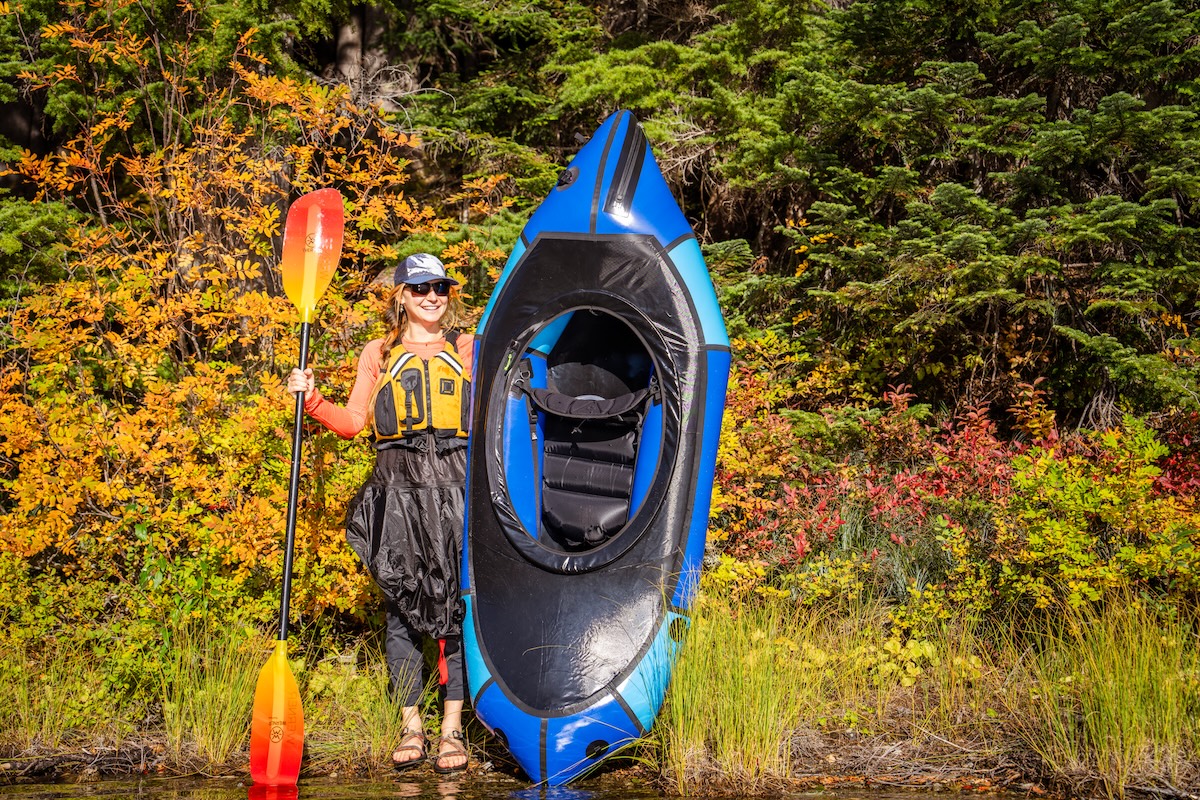
Like most boats in Alpacka’s lineup, the Refuge is built with a rugged but lightweight combination of 210-denier nylon for the main hull and 840-denier nylon for the floor. This blend offers excellent durability while keeping overall weight in check. During testing, I dragged the boat over rocks, brushed through sharp vegetation on portages, and bumped more than a few submerged boulders without issue. The floor material, in particular, inspires confidence. Even after multiple seasons of use, I’ve yet to see a puncture or significant abrasion.
As with any inflatable, you’ll want to keep a repair kit on hand, and Alpacka includes a basic one with every boat. It’s worth familiarizing yourself with the patching process before heading out, just in case something happens in the field. That said, the Refuge has proven resilient enough that repairs haven’t yet been necessary. The boat is rated for a 250-pound capacity, which includes both paddler and gear. At around 160 pounds myself, that left enough room for roughly 90 pounds of equipment—ample for most overnight missions. But it’s worth noting that the closer you get to the max weight limit, the more performance begins to suffer, particularly in whitewater. If you regularly travel with heavier loads or want more float for technical rivers, you may want to consider one of Alpacka’s higher-capacity models.
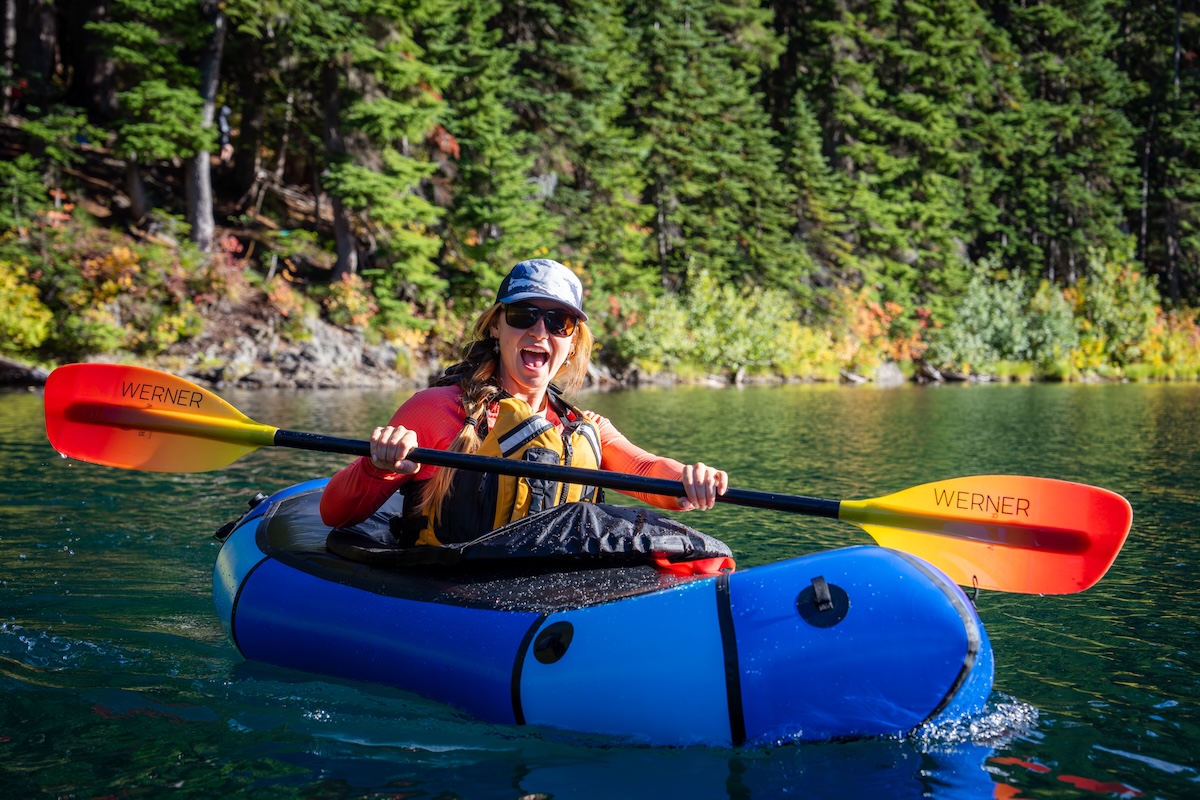
The Refuge's streamlined hull isn’t just about cutting weight, it also defines its storage and handling. Compared to burlier models like the Expedition, the Refuge has slimmer bow and stern tubes and a more compact cockpit, which limits gear volume but contributes to its fast and nimble feel on the water. You don’t get a ton of external lash points or expansive cargo space, but the included Cargo Fly system makes up for it by letting you stow gear inside the raft’s inflatable tubes. It’s a clever use of space that helps preserve balance and reduces deck clutter.
On most overnight trips, I stow my sleeping bag, tent, and extra clothes inside the Cargo Fly using Alpacka’s proprietary internal drybags (sold separately), which clip into the tube walls to prevent shifting. For quick-access items like snacks, maps, or a small camera, a waterproof bow bag up front is ideal and integrates nicely with the deck design. The smaller hull means you have to be smart about what you bring and how you distribute it, but once dialed, the Refuge offers a remarkably clean and efficient setup.
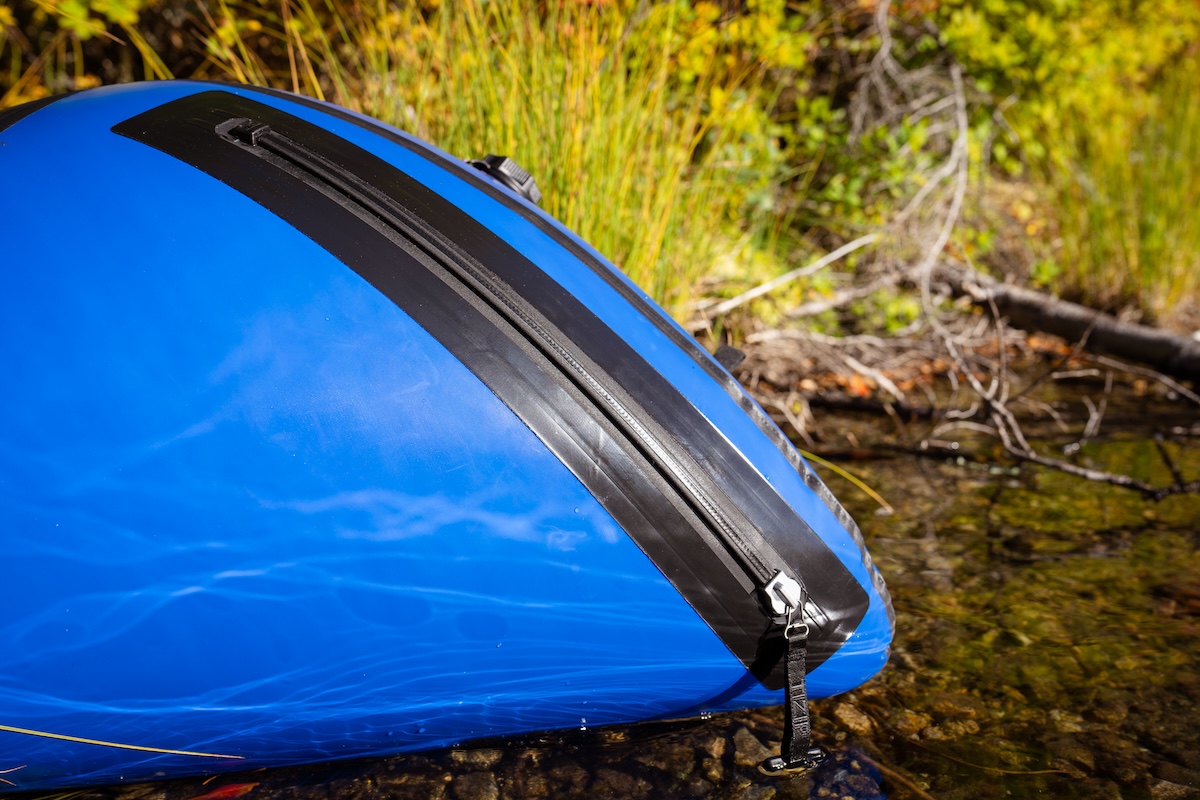
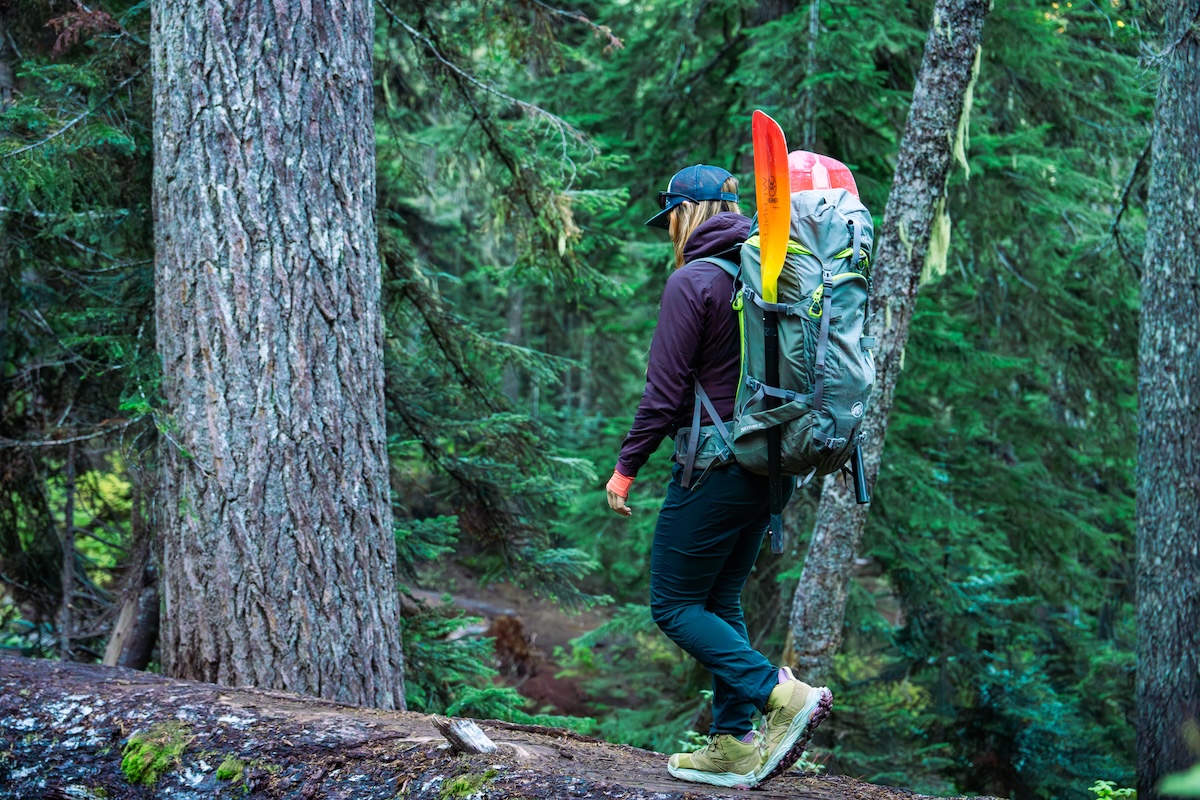
| Packraft | Price | Category | Weight | Load Limit | Materials |
|---|---|---|---|---|---|
| Alpacka Refuge | $1,250 | Expedition | 6 lb. 11.2 oz. | 250 lb. | 210D & 840D |
| Alpacka Expedition | $1,585 | Expedition | 8 lb. 1.6 oz. | 350 lb. | 210D & 840D |
| Kokopelli Rogue R-Deck | $1,199 | Whitewater | 9 lb. 1.6 oz. | 300 lb. | 210D nylon |
| Supai Canyon Flatwater | $315 | Ultralight | 1 lb. 8.0 oz. | 200 lb. | 75D polyester |
Alpacka has long been considered the benchmark in the packrafting world, and the Refuge fits into their lineup as a purpose-built, ultralight all-rounder. But they’re not the only game in town. Brands like Kokopelli and NRS offer strong alternatives, particularly for those looking to save some cash or fine-tune features to specific use cases. Kokopelli’s Rogue R-Deck, for example, offers similar versatility in a slightly less refined package. It’s also packable and light but lacks the premium materials and polished cargo system found on the Refuge. Meanwhile, NRS boats are often beefier and better suited for car-based paddling missions or more casual use. Their rugged construction is great for durability, but you’ll be hard-pressed to carry one far on your back.
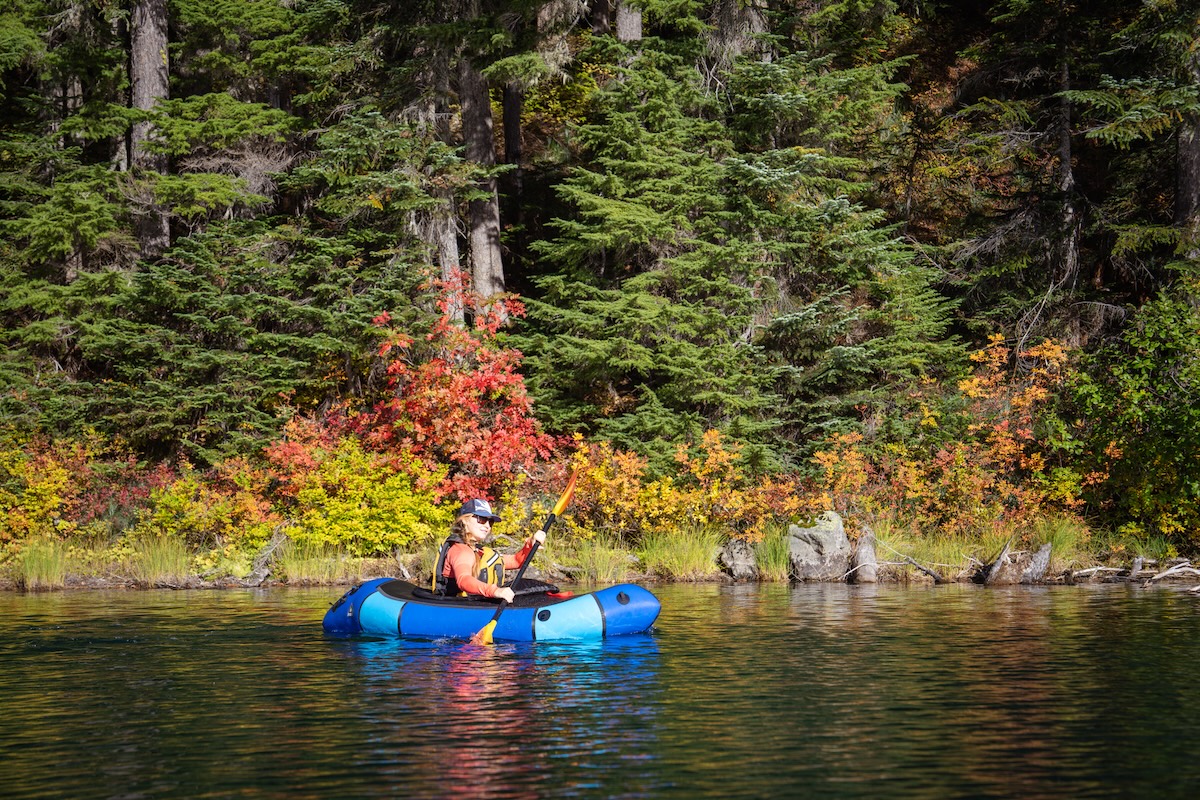
Within Alpacka’s own family, the Expedition or Classic models might be better fits for those who need more comfort, whitewater capability, or gear space. But for fast-and-light missions that blur the line between backpacking and paddling, the Refuge is one of the most dialed and well-balanced designs we’ve tested. Finally, if you're after a simple, lightweight, cheap option for crossing mellow bodies of water, check out the budget-friendly Supai Canyon Flatwater for a mere $315. It won't let you shred raging whitewater, but will get you and your gear to the other side for a fraction of the cost and weight.
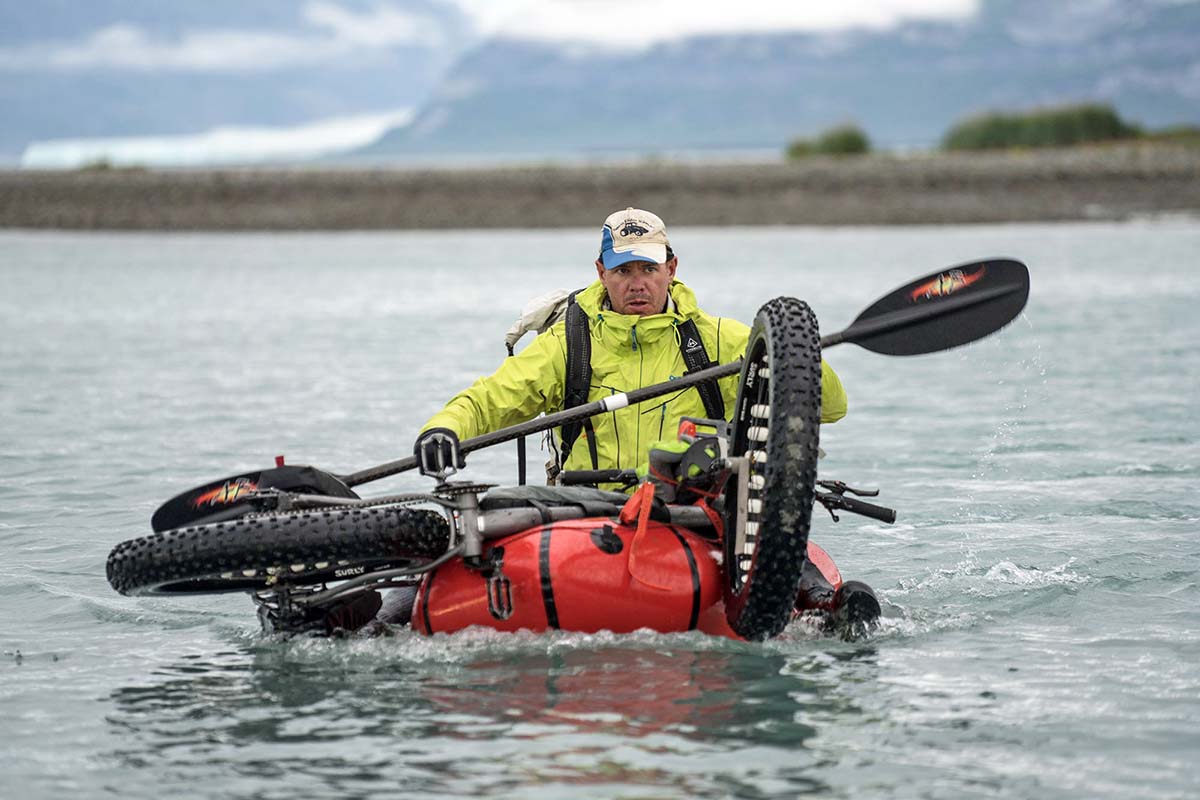
If your goal is to shoulder your boat into the backcountry, drop into remote rivers, and keep things light without giving up key performance features, the Refuge is a standout. It’s not the most plush, capacious, or burly boat on the market, but it’s one of the most capable for its weight. For thru-paddlers, alpine adventurers, or anyone who sees paddling as a means to explore far beyond the trailhead, the Refuge is a trusty companion—and one that’s likely to stick with you for seasons to come.
Back to the Alpacka Refuge Packraft Review See Our Packraft Guide